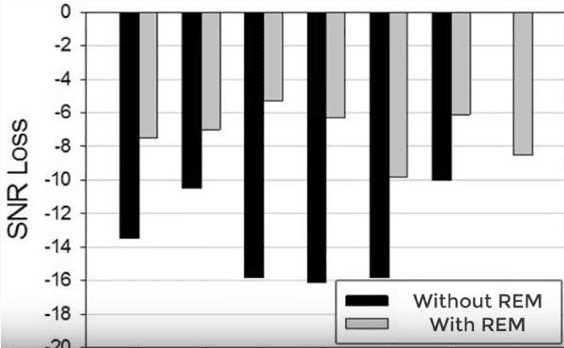
REM Real Ear Measures
In order to best serve our patients at The Hill Hear Better Clinic we have strict protocols which implement best practices at every appointment. This is especially true for hearing aid fittings, fine-tunings, and even troubleshooting appointments because we want to optimize your hearing experience and maximize your hearing potential.
At our practice you will become very familiar with one of these three pieces of equipment.

What are they you ask? These are 3 out of the 4 computers we use to fit and fine-tune hearing aids that are referred to as Real Ear Measures, Probe Microphone Measures, Live Speech Mapping, or Hearing Aid Verification.
Only 10% of those fitting hearing aids use this procedure. Only 10%!!!!!!!! That’s right, only 1 out of 10 audiologists and hearing aid dispensers in the U.S. use this equipment. If you have been fit using Real Ear Measures already, your hearing care professional operates by best practice guidelines set by the governing bodies and professional organizations in hearing healthcare. You are also likely hearing much better than a large percentage of the hearing challenged population because using real ear measures guarantees maximum audibility for speech while maintaining comfortable listening.
In short, Real Ear measures the Real Ear Response of the hearing aid in your ear (Real Ear Aided Response, REAR). It is a measurement directly at the ear drum so that we know exactly what the hearing aid is doing instead of relying on the programming computer to guess what is happening. We know what the programming computer says the hearing aid is doing, but how do we know if it’s performing this way in the ear and actually doing what it’s supposed to? That’s simple. We measure with Real Ear.
Advantages of Real Ear:
- More precise fitting = optimum hearing aid/patient performance
- Takes out all guess work – measuring doesn’t rely on estimates! It’s actual! It’s REAL! It’s REAL EAR!
- Better speech intelligibility in noise (See Fig.1 below)
- Better sound – tailored to your specific/unique ear and hearing aid combination
- Better all-around patient performance
- Better patient satisfaction
- Less follow up appointments due to precision of fit
- Can help verify features such as noise suppression, directional switching, phone performance, and many others!
Disadvantages of Real Ear:
- May take an extra 10 minutes during your fitting session (can you feel the
sarcasm?) - Probe tubes may tickle the ear during placement (funny right?)
- Targets can be excessive for patients with hyperacusis (extreme sensitivity
to sound) (very rare) - For patients with conductive loss a percentage of target is used
Moral of the story: Get fit by using real ear measures!? It’s as simple as that! And if you’re hearing aids cannot be adjusted to reach Real Ear Targets, your hearing care professional, especially those at The Hill Hear Better Clinic, can make recommendations to make sure you’re properly fit and can meet those targets for optimum performance!
Each pair of lines on the graph below represents the Signal to Noise Ratio loss of hearing aids in a noisy environment. The closer to 0 on the graph, the better. The signal is the speech we want to hear, the noise would represent a situation like a restaurant or a social gathering where there is competing noise that interferes with the signal. Each pair of lines in the graph represents a specific hearing aid that is fit using Real Ear Measure vs. the same hearing aid fit without using Real Ear Measure. As you can clearly see the performance of the hearing aids when fit by real ear measures is significantly better than the performance without.

Are you ready for your Real Ear Measure?
